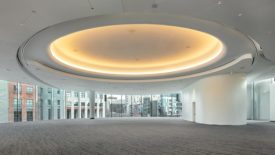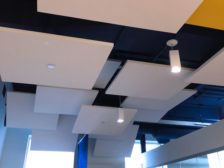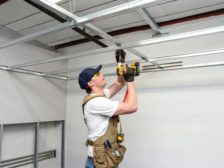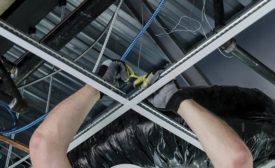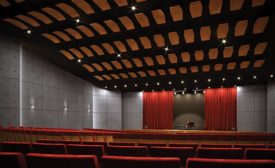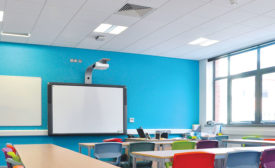Articles by Robert Marshall
TWO CUSTOM CEILINGS HELPED REJUVENATE THE TIME-HONORED DESIGN OF AN ITALIAN ARCHITECT WHILE ENHANCING THE DENVER ART MUSEUM EXPERIENCE WITH MODERN UPGRADES
Read More
The Ins & Outs of Specification: Part Two
A TWO-PART SERIES ON MAKING THE SPECIFICATION PROJECT WORK FOR YOU.
Read More
The Ins and Outs of Specifications: Part One
A TWO-PART SERIES ON HOW CEILING CONTRACTORS CAN MAKE SPECIFICATION WORK FOR THEM. PART ONE FOCUSES ON UNDERSTANDING THE VALUE OF QUESTIONING/CHALLENGING THE SPEC.
Read More
Leverage a Trusted Partner
WHAT TO KNOW ABOUT MINERAL FIBER TO INCREASE PRODUCTIVITY EXPERT ADVICE ON A TRIED-AND-TRUE CEILING SOLUTION.
Read More
Contractor-Friendly Wood Ceilings and Walls
Advances In Production, Product Design And Contractor-Centric Service Reduces Lead Times, Labor And Ordering.
Read More
Connect with the industry’s leading resource for unparalleled insights and education.
Join thousands of industry professionals today. Shouldn’t you know what they know?
JOIN NOWCopyright ©2024. All Rights Reserved BNP Media.
Design, CMS, Hosting & Web Development :: ePublishing
